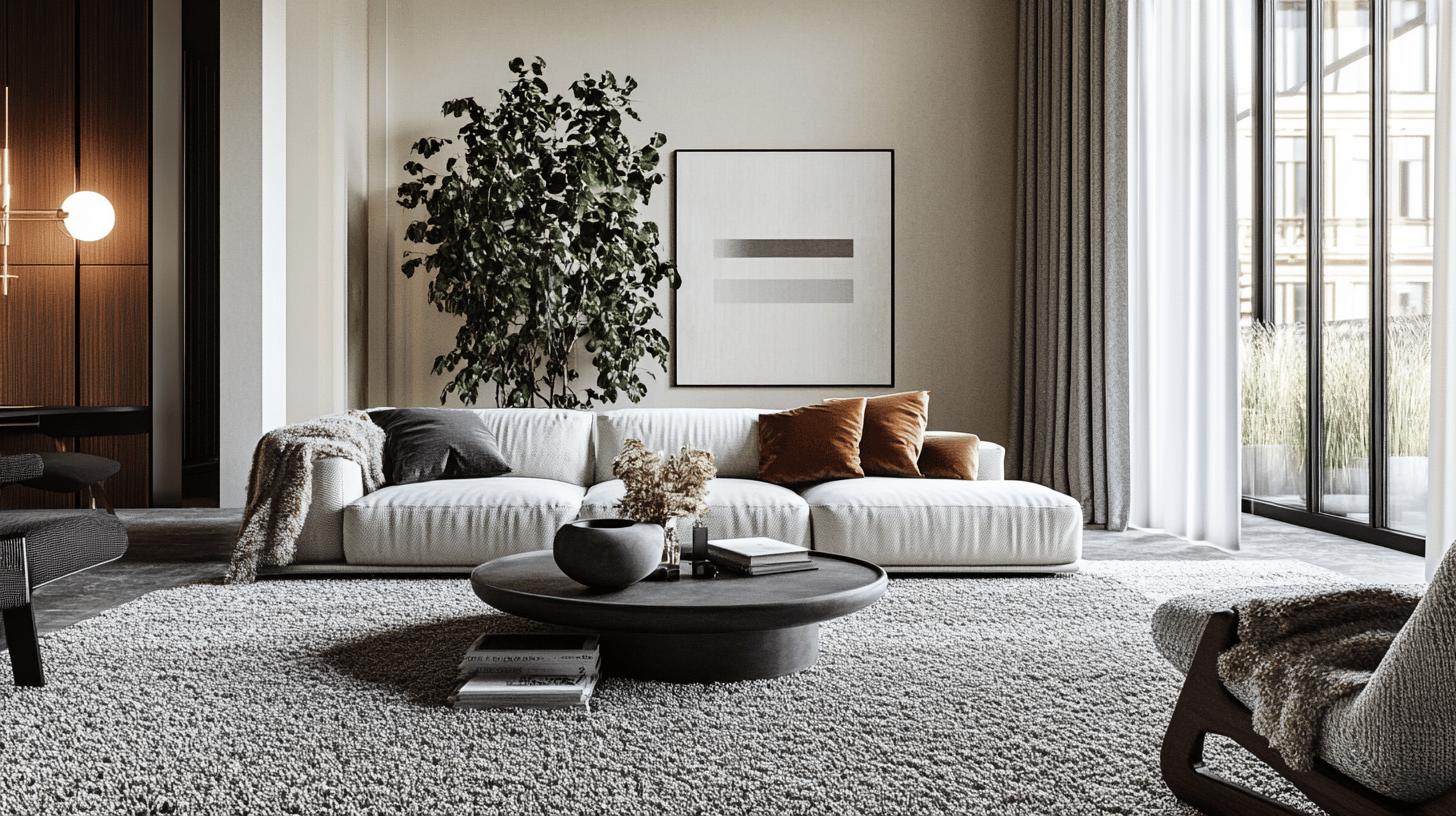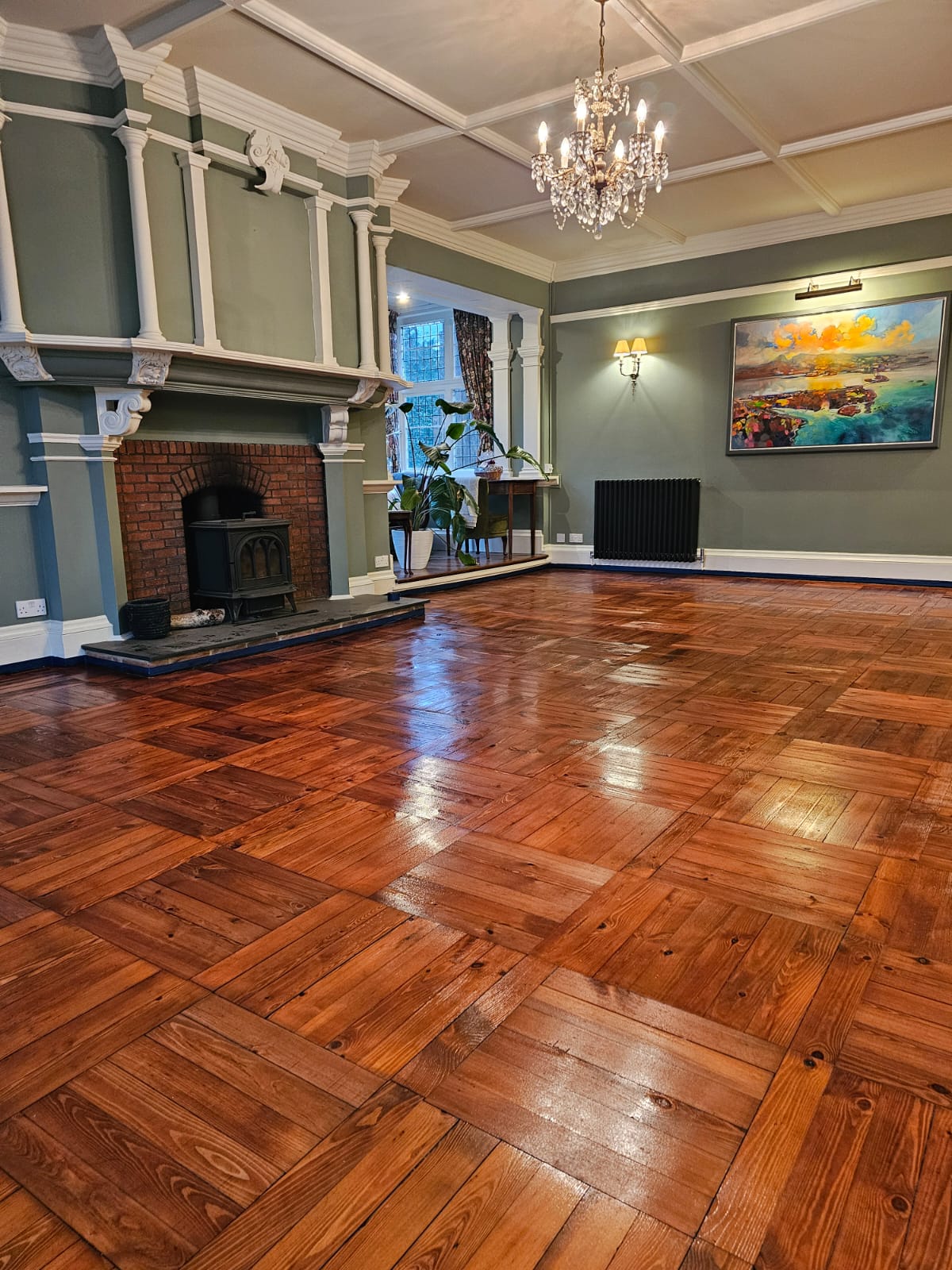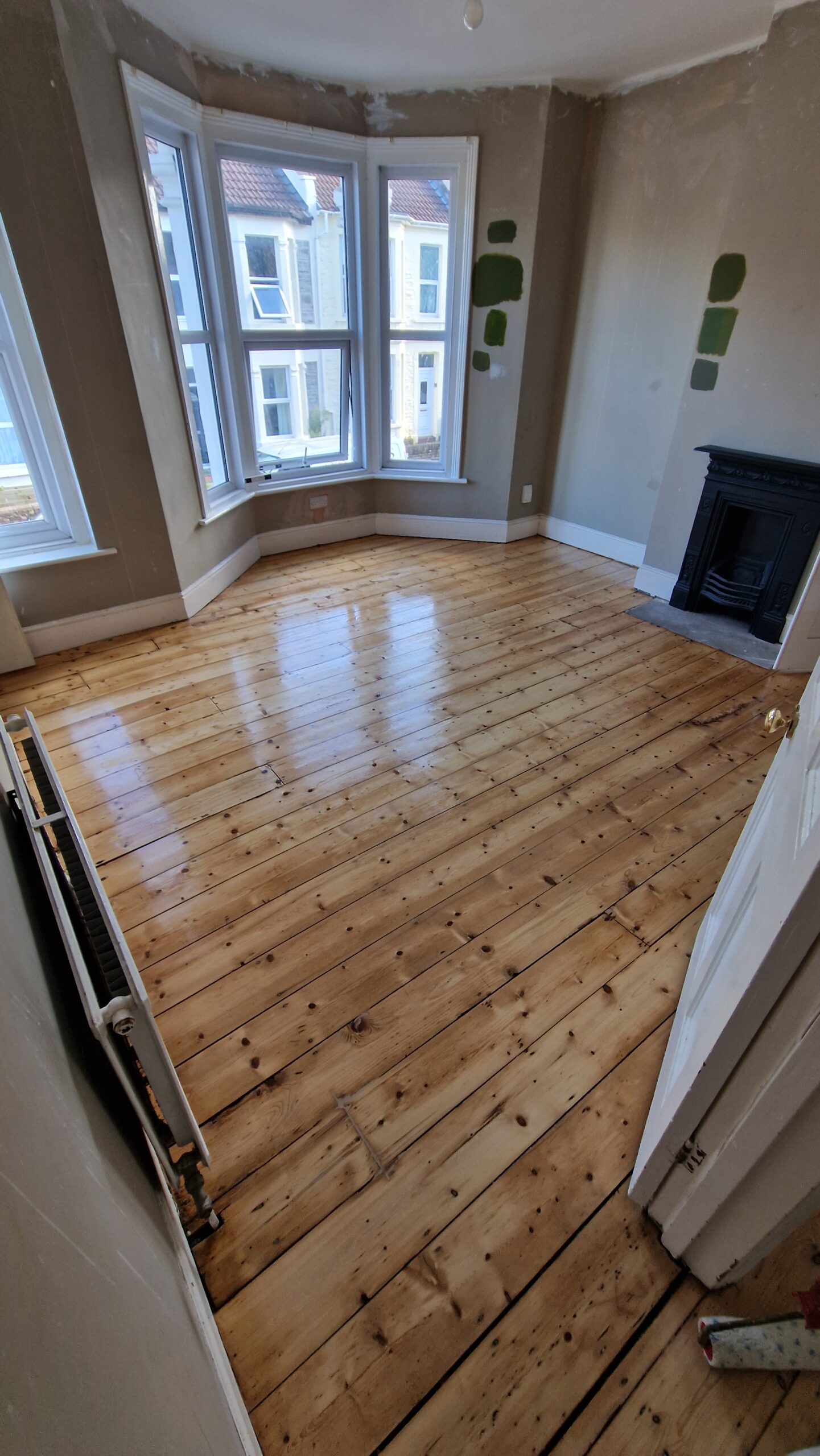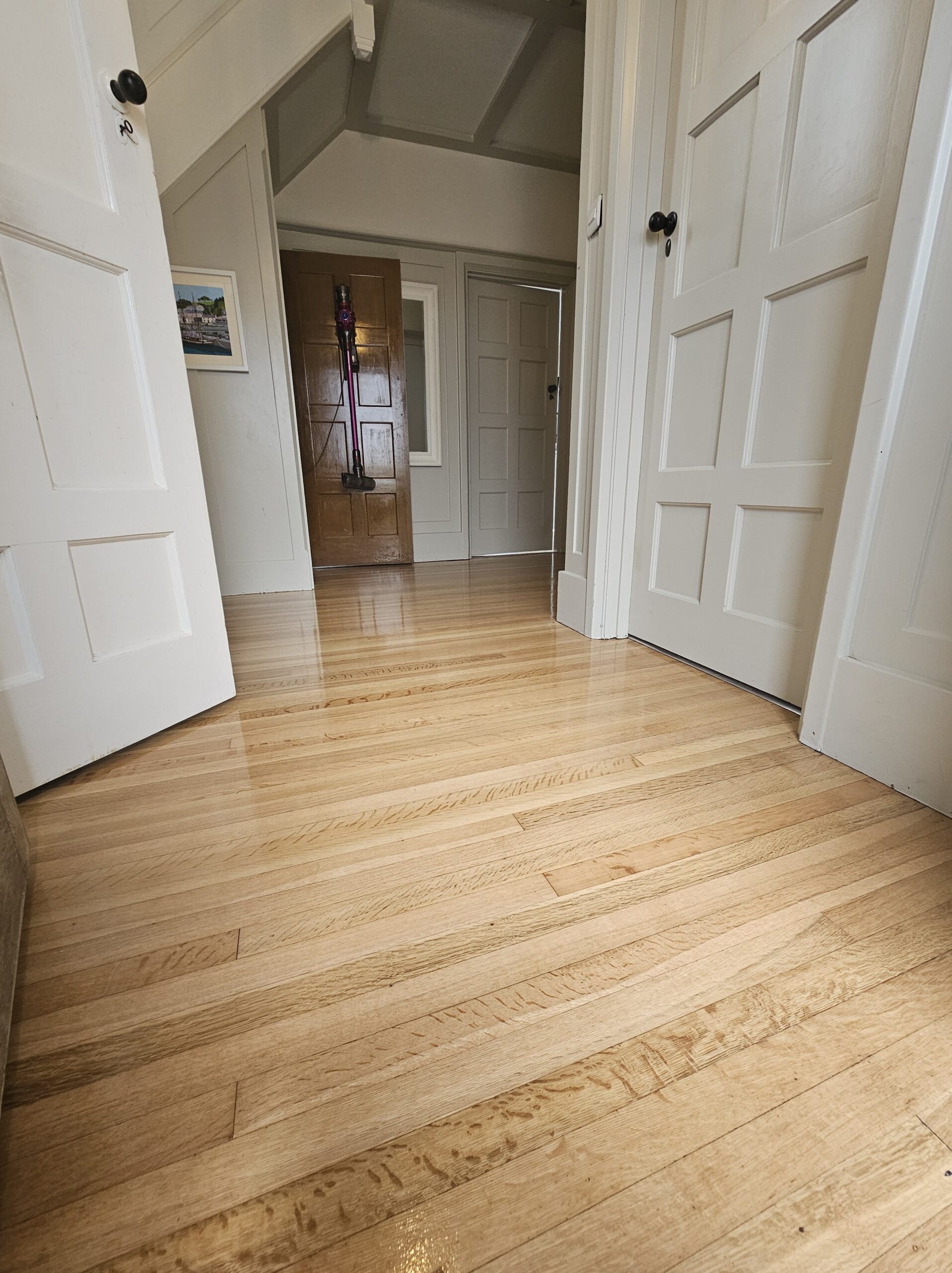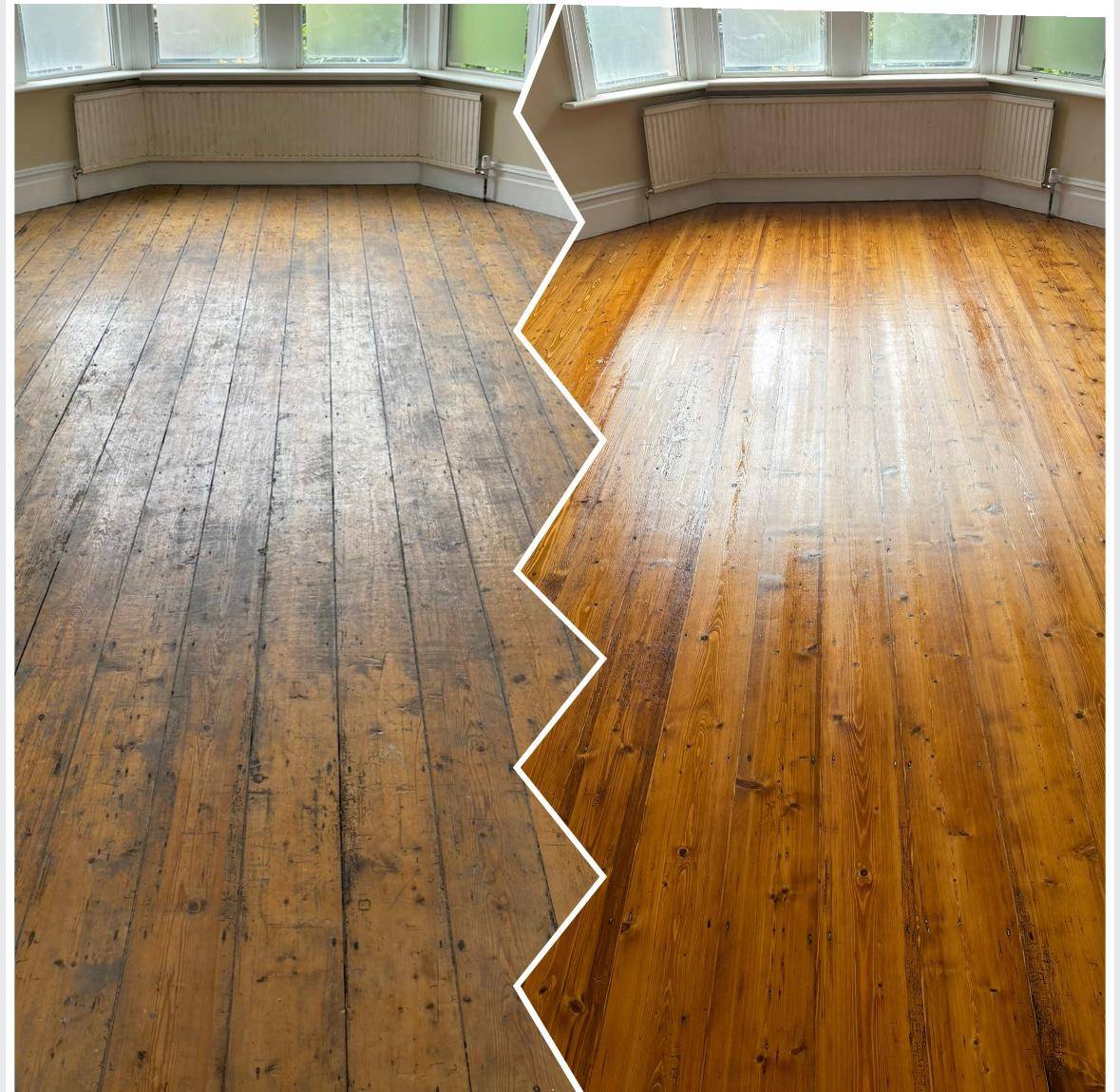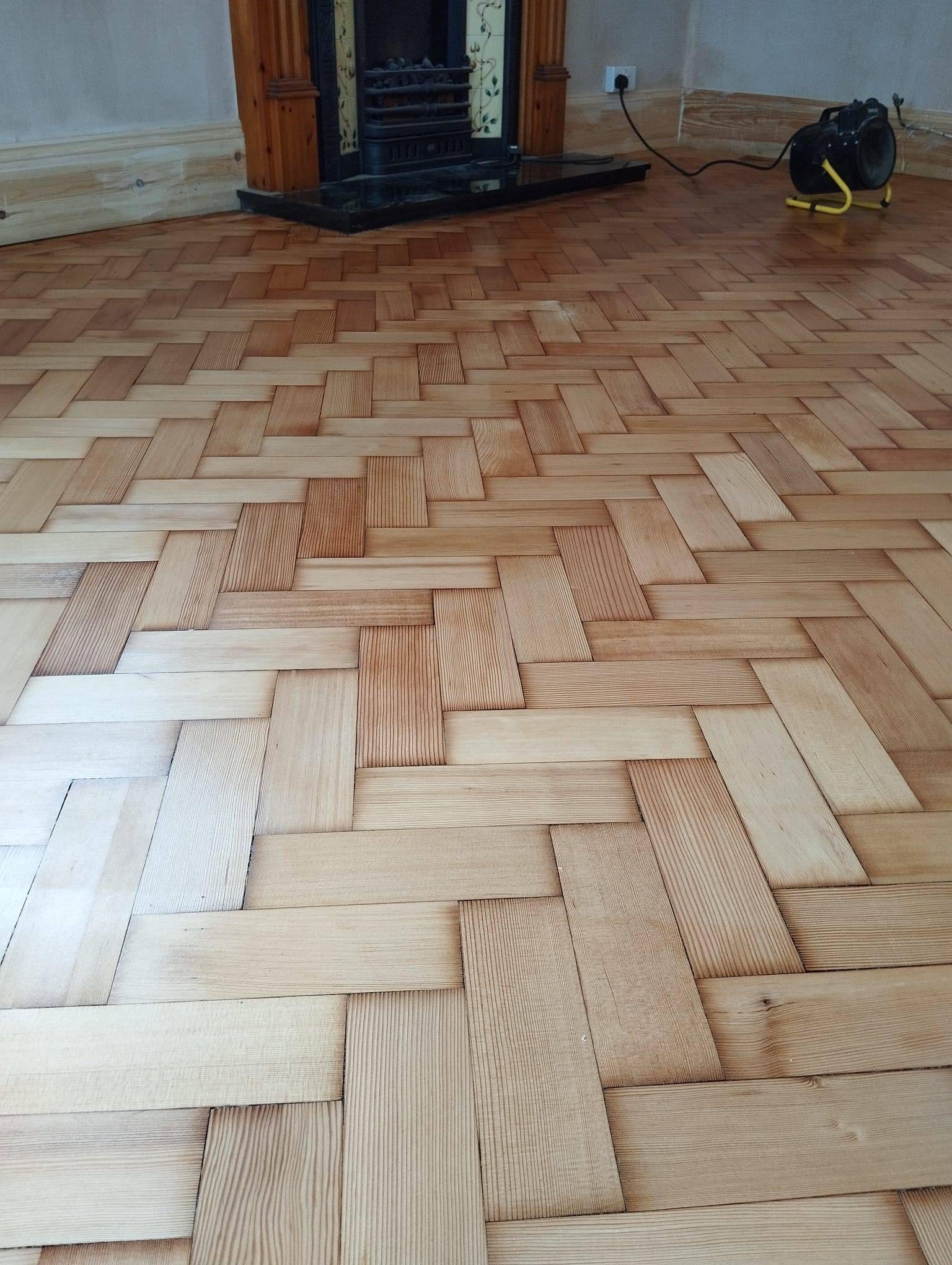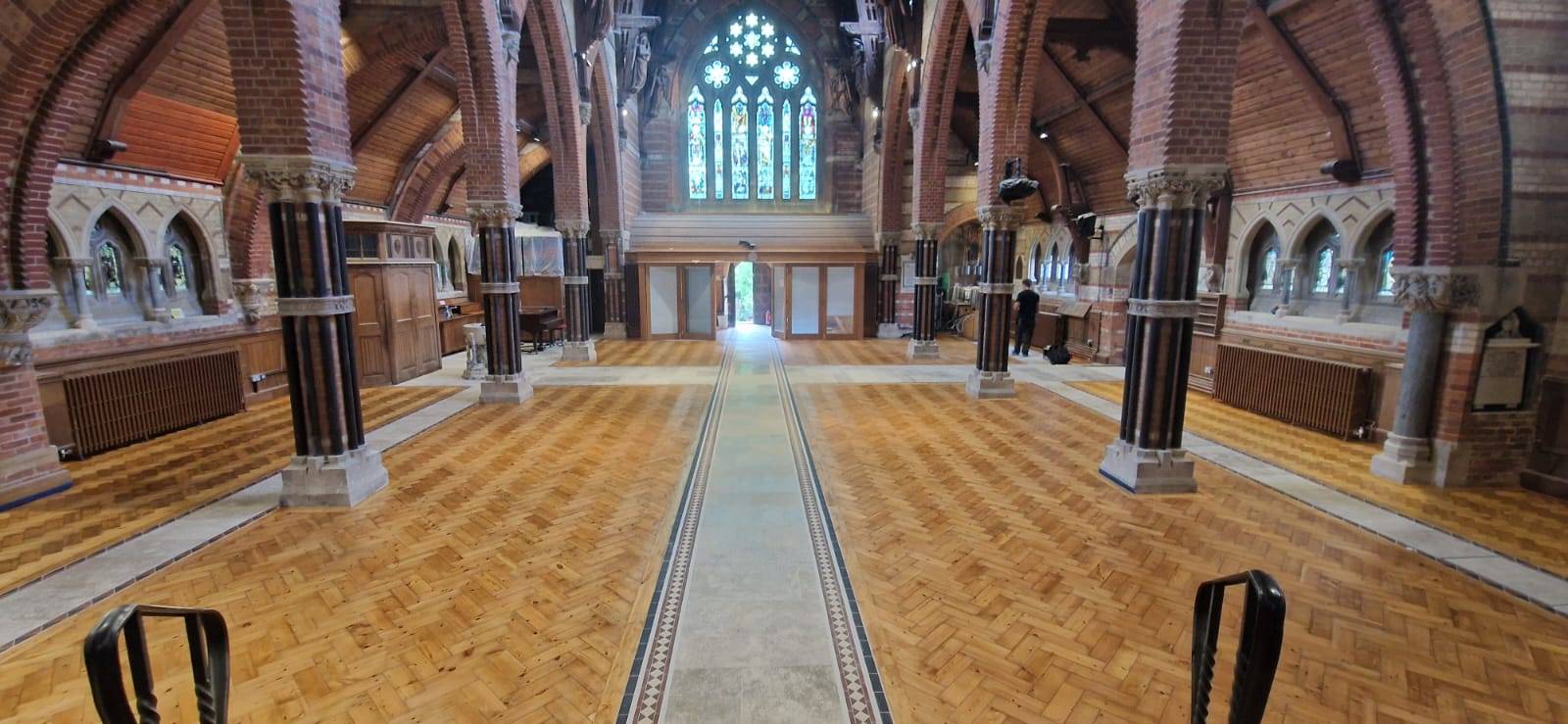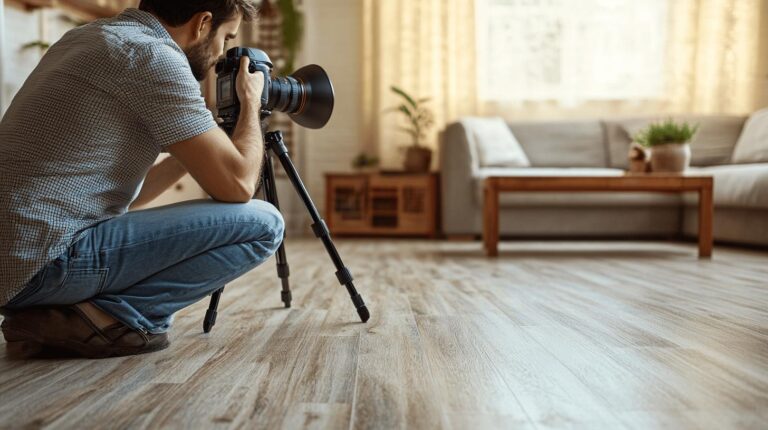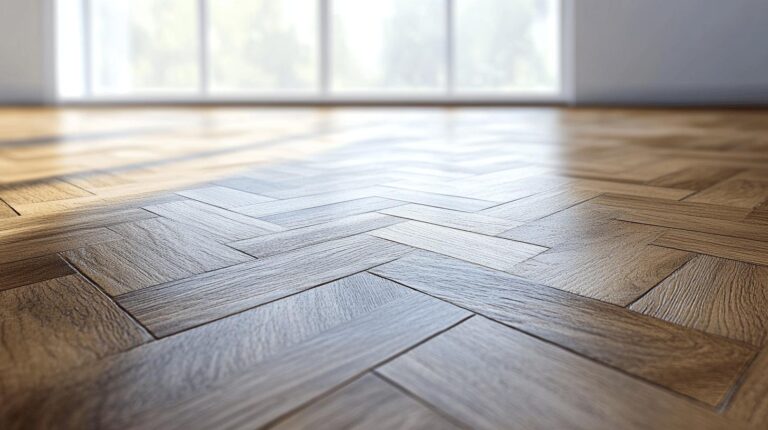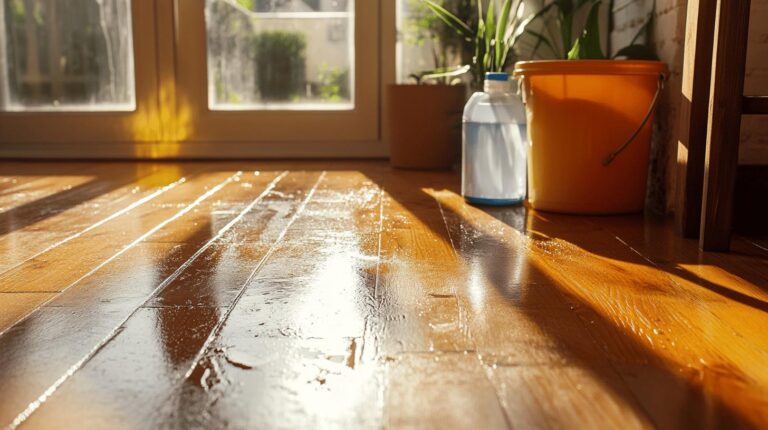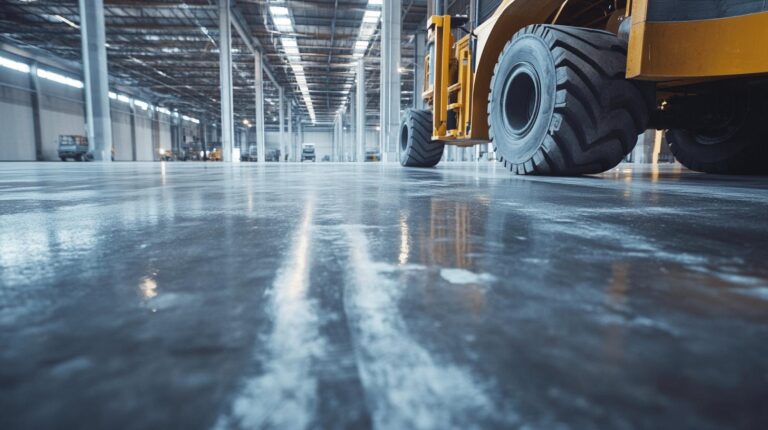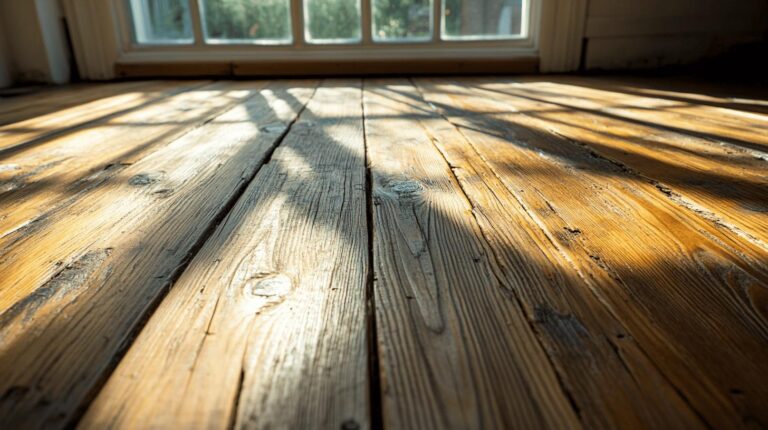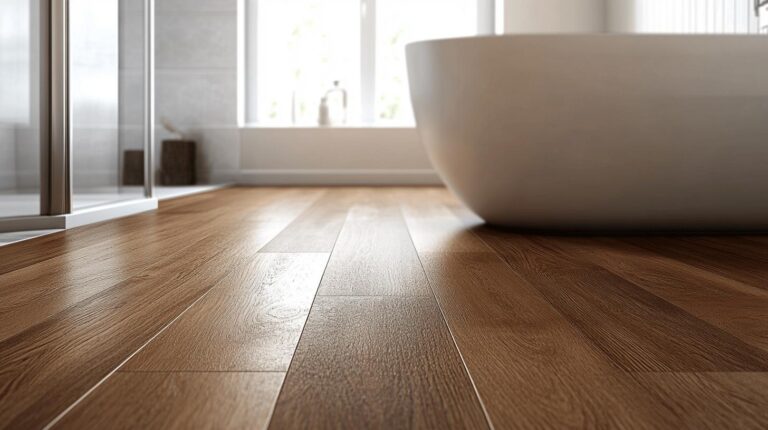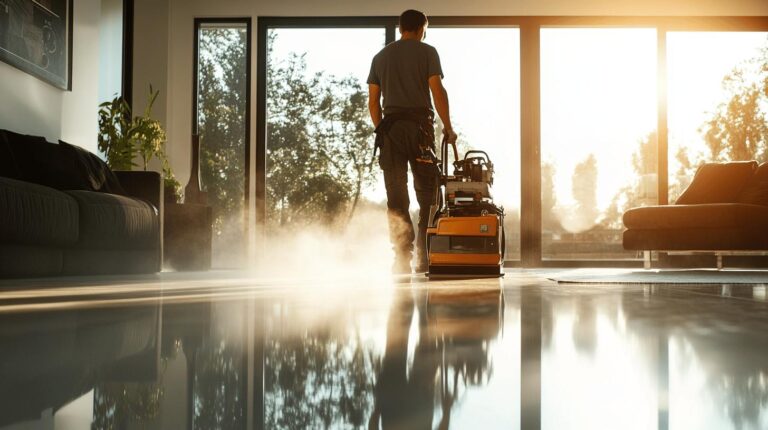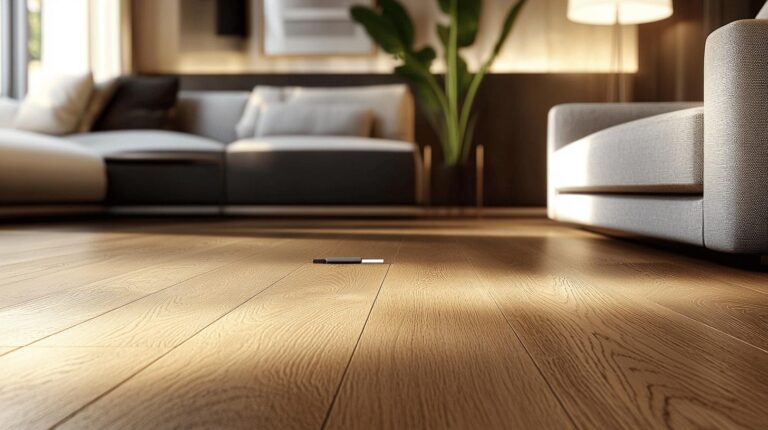Is your apartment plagued by the constant clatter of footsteps or the faint noise of conversations? Acoustic-friendly finishes might just be the solution you need to transform your living space into a peaceful haven. Designed specifically for wood floors, these noise-dampening products significantly reduce sound transmission, allowing for a quieter home environment. Moreover, complying with soundproofing regulations such as the UK’s Part E ensures that these measures are not only effective but also legally upheld. Explore how acoustic-friendly finishes can enhance the quiet of apartment living and address common wood floor noise issues.
Understanding Acoustic-Friendly Finishes for Wood Floors
Acoustic-friendly finishes play a crucial role in mitigating noise pollution in apartment environments. Designed to enhance the sound absorption properties of wood floors, these finishes help address prevalent noise issues, such as the transmission of footsteps and other impact sounds. By reducing the noise that travels through the floors, these finishes contribute to a quieter and more serene living space. This is particularly important in densely populated apartment settings where sound can easily travel between units, disrupting the peace and comfort of residents. Acoustic finishes are part of a broader range of noise-dampening products specifically developed to tackle the unique challenges posed by living in shared spaces.
Ensuring compliance with soundproofing regulations, such as the UK’s Part E, is critical when implementing acoustic finishes. These regulations set the standard for noise control measures, requiring that certain levels of sound insulation are met to reduce disturbance between dwellings. Acoustic finishes designed to meet or exceed these regulations provide an effective solution for maintaining privacy and quietude in apartment settings. They not only adhere to legal requirements but also enhance the overall acoustic performance of wood floors, making them an essential consideration for property developers and homeowners alike.
- Footstep noise
- Sound transmission between floors
- Echo and reverberation
- Impact noise from dropped objects
- Noise from moving furniture
.
Types of Noise-Reducing Treatments for Wood Floors
A variety of treatments are available to effectively reduce noise in wood floors, each offering unique benefits tailored to different noise reduction needs. These treatments include acoustic underlays, mass loaded vinyl, soundproofing paints, and acoustic mats, all of which contribute to sound absorption, noise transmission mitigation, and even aesthetic enhancement. Selecting the right treatment depends on the specific noise issues present in the apartment and the desired level of noise reduction.
Acoustic Underlays
Acoustic underlays are highly effective in absorbing sound vibrations and reducing noise transmission through wood floors. They act as a barrier between the floor surface and the subfloor, dampening both impact and airborne sounds. By being installed directly under the flooring material, acoustic underlays significantly reduce the noise that would otherwise travel through the building structure, making them an ideal choice for apartments experiencing high foot traffic or frequent furniture movement.
Mass Loaded Vinyl
Mass loaded vinyl (MLV) is renowned for its dense composition, which makes it particularly suitable for reducing airborne noise. It is a flexible, yet heavy material that can be installed beneath wooden floors to block the transmission of sound waves. MLV’s effectiveness lies in its ability to add mass to the floor, thereby impeding sound from passing through. This makes it an excellent option for apartments in noisy environments, where external sounds need to be minimised.
Soundproofing Paints
Soundproofing paints offer an innovative approach to reducing sound transmission through wood floors. These paints contain sound-absorbing fillers that help dampen noise by converting sound energy into heat. Although not as effective as other physical barriers, soundproofing paints can complement other treatments by adding an additional layer of noise reduction. They are particularly useful in situations where aesthetic appeal and minimal disruption during application are priorities.
Acoustic Mats
Acoustic mats are designed to mitigate impact noise, such as footsteps, by providing a cushioned layer that absorbs vibrations before they can travel through the floor. These mats are typically placed beneath the flooring surface and can be particularly beneficial in reducing noise in multi-storey apartment buildings. By decreasing the impact noise, acoustic mats contribute to a quieter and more pleasant living environment, making them a valuable addition to any noise-reducing strategy.
Installation Tips for Acoustic-Friendly Floor Solutions
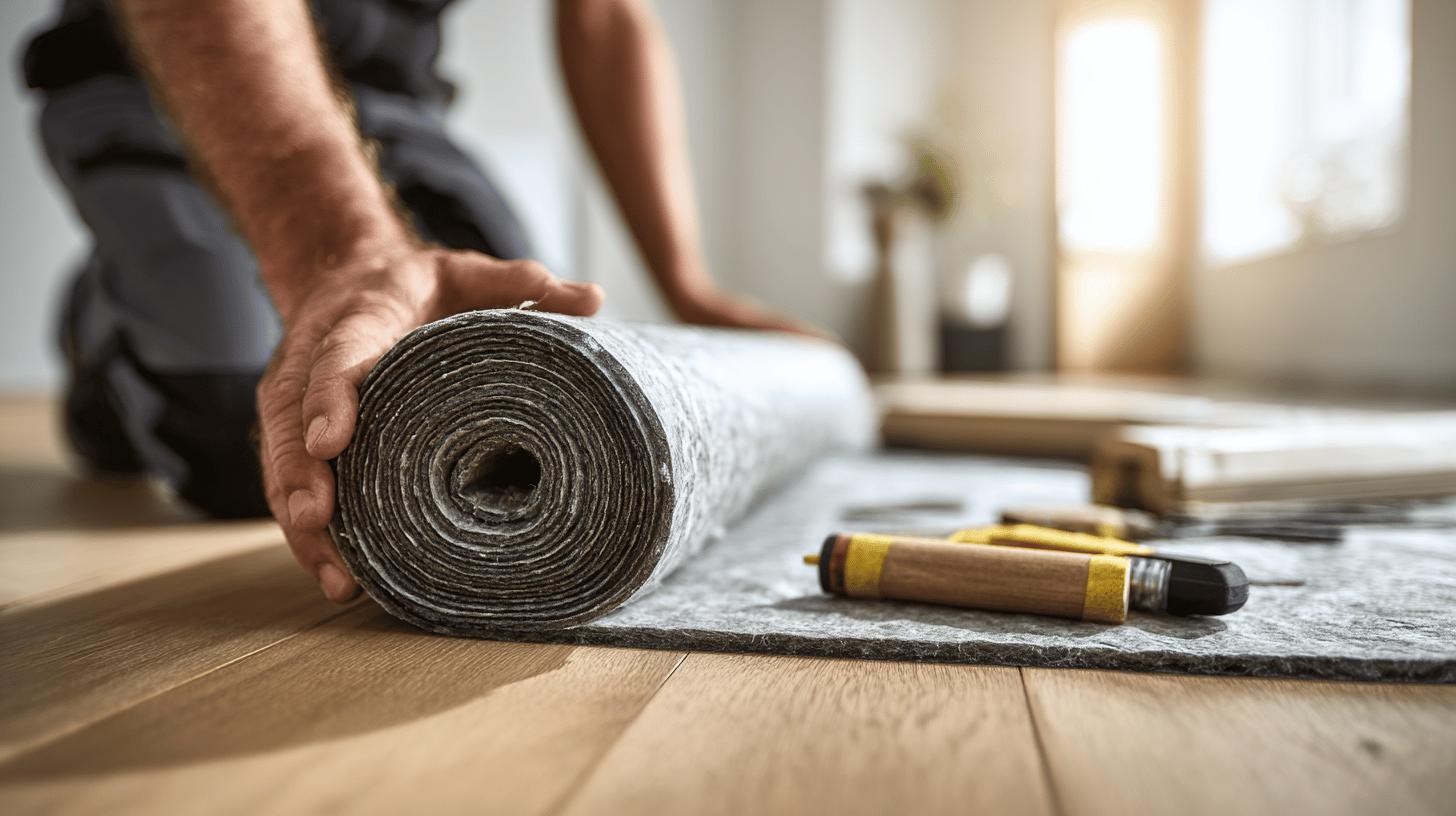
Identifying the source and type of noise is the first step in effectively installing acoustic-friendly solutions. Noise in apartments can be broadly categorised into impact noise, like footsteps or moving furniture, and airborne noise, such as conversations or music. By understanding the specific type of noise you are dealing with, you can select the most appropriate acoustic solution. For instance, impact noise is best mitigated with underlays or mats, while airborne noise often requires denser materials like mass loaded vinyl.
Choosing between DIY and professional installation plays a crucial role in achieving a quiet floor. While DIY methods can be cost-effective for straightforward projects like laying acoustic underlays, complex installations that involve structural changes or require compliance with soundproofing regulations, such as the UK’s Part E, often benefit from professional guidance. Professionals not only ensure that the installation is done correctly but can also provide advice on the best materials and techniques tailored to your specific apartment setup.
Key considerations for installation include the type of floor, the type of noise, and the available space for soundproofing materials. For example, wooden floors might require different treatment than concrete ones, and space constraints could limit the thickness of underlays or mats that can be installed. By evaluating these factors, you can select the most effective solution for enhancing the acoustic environment of your apartment.
Eco-Friendly Acoustic Solutions for Apartments
Utilising eco-friendly acoustic finishes in apartments not only reduces noise pollution but also supports environmental sustainability. These finishes are crafted from sustainable noise reduction materials, which are designed to minimise their ecological footprint. By incorporating natural fibres, recycled content, or materials that are biodegradable, these solutions effectively dampen sound while aligning with the growing consumer demand for environmentally responsible products. The use of such materials ensures that the soundproofing process contributes positively to the environment by lowering carbon emissions and reducing waste.
The impact of eco-friendly acoustic solutions extends beyond noise reduction. They play a pivotal role in fostering a healthier indoor environment by avoiding the use of harmful chemicals often found in traditional soundproofing materials. By enhancing sound absorption without compromising on environmental values, these solutions offer a dual benefit: creating quieter living spaces and promoting ecological preservation. Their adoption in apartment settings represents a commitment to sustainable living, providing peace of mind for residents who are conscious of their environmental impact.
Evaluating the Effectiveness of Acoustic-Friendly Finishes
Evaluating the effectiveness of acoustic-friendly finishes for wood floors primarily involves assessing their decibel reduction capabilities. This measure indicates how well a finish can decrease noise levels in an apartment, directly impacting the overall quietness of the living space. Compliance with acoustic performance ratings is another critical factor, ensuring that the finishes meet industry standards for sound insulation and noise control. These ratings provide a benchmark for comparing different products, allowing for informed decisions when selecting the most suitable finish to enhance an apartment’s acoustic environment.
User reviews play an indispensable role in evaluating acoustic finishes. They offer real-world insights into the performance, durability, and practicality of these products in everyday settings. Reviews from other apartment dwellers who have implemented similar solutions can highlight potential benefits and drawbacks that might not be immediately apparent from technical specifications alone. This feedback can guide prospective buyers in choosing finishes that not only meet technical criteria but also satisfy user expectations for noise reduction and ease of application.
- Decibel reduction capabilities
- Compliance with acoustic performance ratings
- User reviews and feedback
- Durability and long-term performance
.
Final Words
Emphasising acoustic-friendly finishes to quieten wood floors in apartments is crucial for mitigating noise pollution. Understanding different treatments, such as acoustic underlays and soundproofing paints, presents effective noise reduction techniques.
Installation tips, whether DIY or professional, are pivotal in achieving optimal acoustic results. Eco-friendly options further blend noise reduction with environmental responsibility.
Evaluating finishes ensures their effectiveness, with factors like decibel reduction and user reviews guiding informed choices. Embracing acoustic-friendly finishes can significantly enhance apartment comfort by addressing wood floor noise issues effectively.
Book an acoustic floor survey → Wood Floor Sealing
FAQ
Q: How can I soundproof flooring in flats to meet legal requirements in the UK?
Soundproofing floors in flats to adhere to UK regulations involves using acoustic solutions that comply with standards like UK’s Part E. This ensures effective noise control measures are in place.
Q: What materials can help soundproof wooden floors in flats?
Materials like acoustic underlays, mass-loaded vinyl, soundproof paints, and acoustic mats effectively reduce noise through wooden floors, absorbing sound and mitigating transmission.
Q: Is there a legal restriction on having wooden flooring in an upstairs flat?
UK regulations, such as the Housing Act 2004, require soundproofing measures for wooden flooring, but do not specifically outlaw it in upstairs flats. Compliance is key.
Q: What type of flooring is best for noise reduction in apartments?
The most effective flooring for noise reduction includes carpet with acoustic underlays, vinyl flooring, and specialised soundproof mats, which absorb and reduce sound transmission.
Q: Can acoustic floor mats help reduce noise in an apartment?
Yes, acoustic floor mats are effective for reducing impact noise like footsteps, providing an additional layer of sound insulation for apartments.
Q: How can I make wooden floors less noisy?
To make wooden floors quieter, consider installing soundproof underlays or mats, applying a mass-loaded vinyl layer, or using noise-reducing paints. These solutions absorb sound and mitigate noise transmission.
Q: Is it possible to reduce noise through floors in old houses?
Yes, implementing soundproof solutions like acoustic underlays, dense vinyl, and soundproofing paints in old houses can significantly reduce noise through floors, preserving the property’s character while enhancing comfort.
